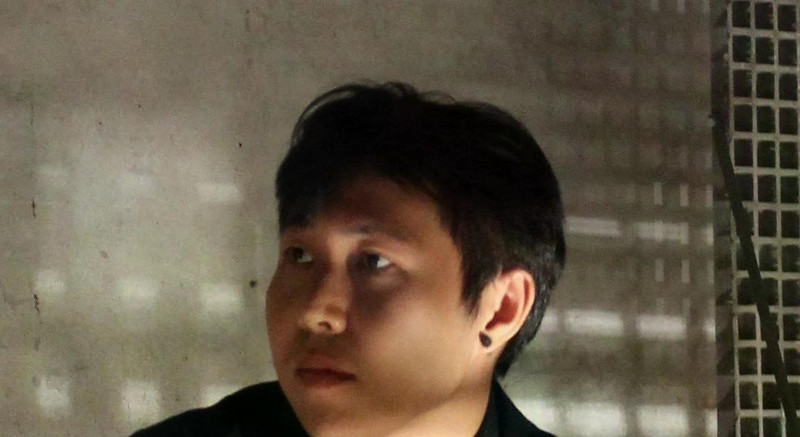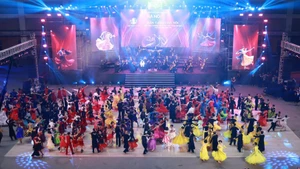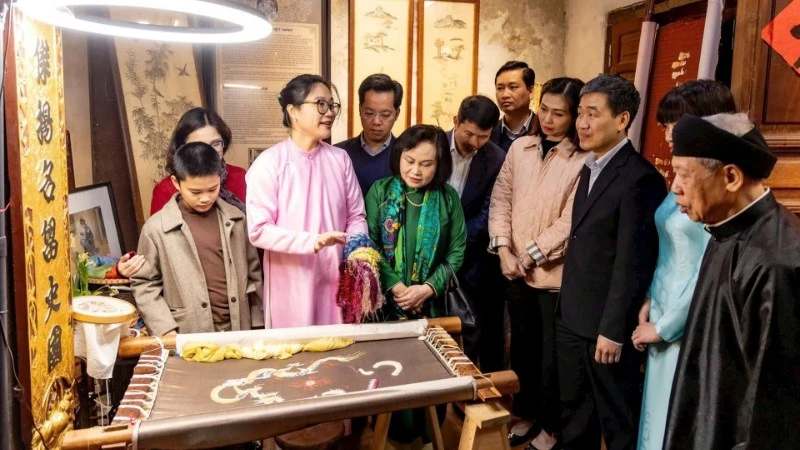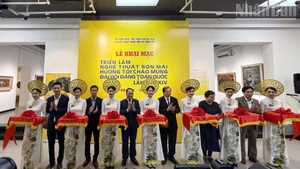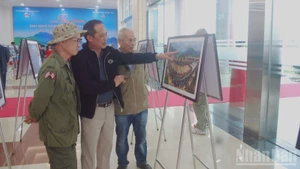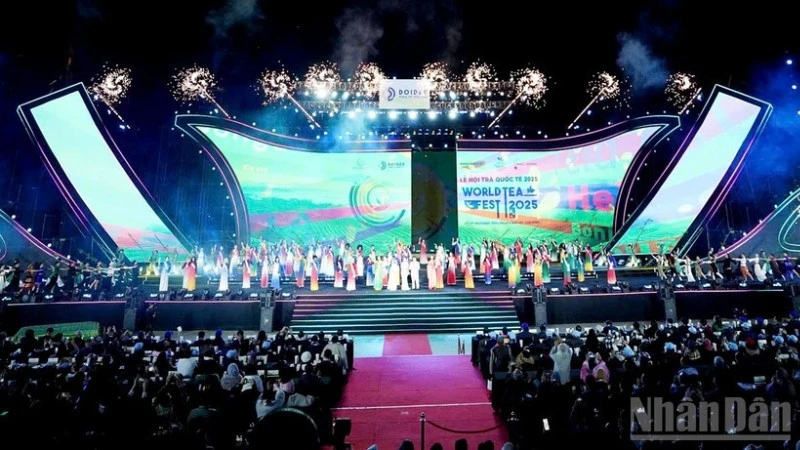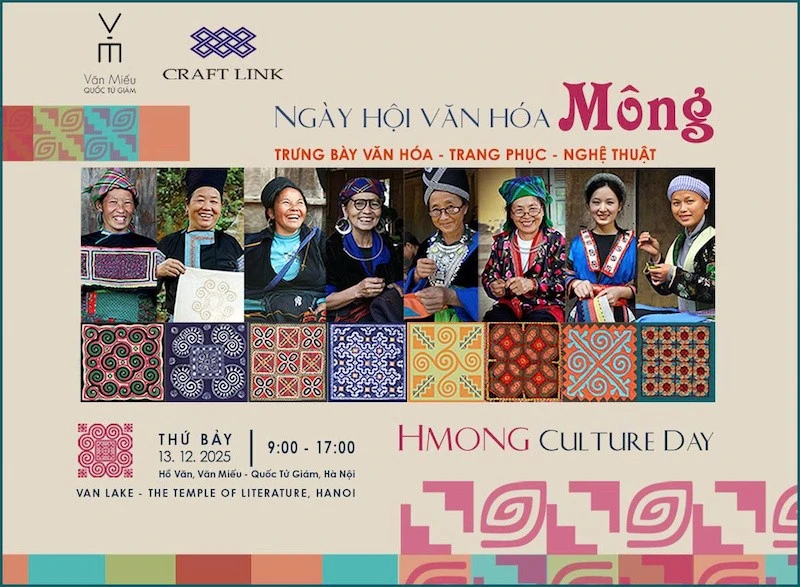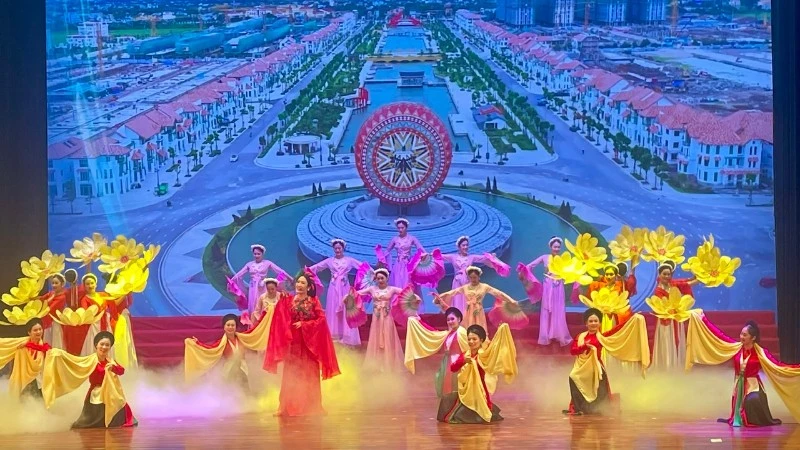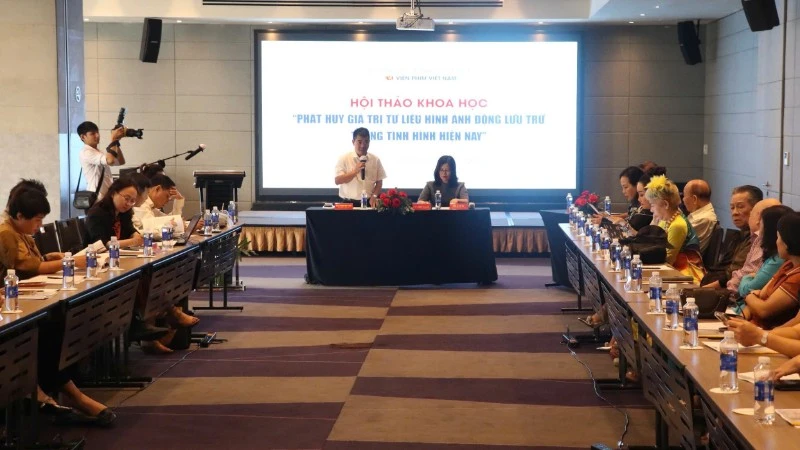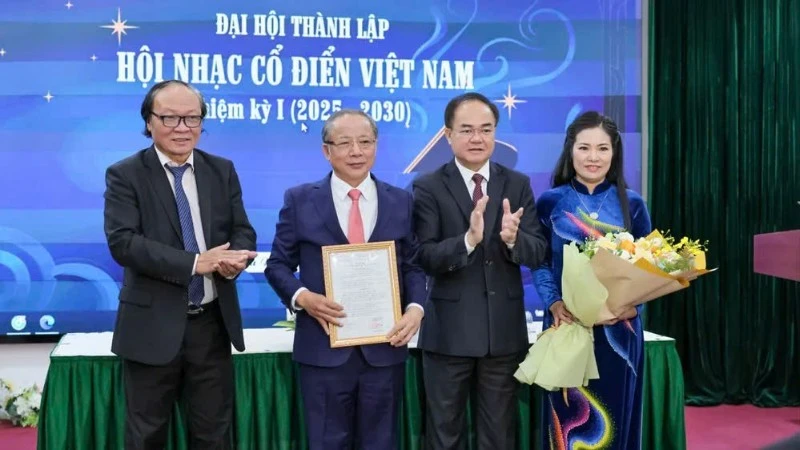This is a biennial event held in Italy showcasing global architecture, considered one of the most prestigious and influential in the field today.
The Biennale di Architettura di Venezia is one of six major international art events organised annually or biennially by the Biennale Foundation in Italy, in Venice, covering: contemporary visual arts, music, dance, theatre, architecture (biennially), and film (annually - notably the renowned Venice Film Festival). Nhan Dan Weekend held a conversation with Mai Hung Trung shortly after his return to Ha Noi from Venice.
Architecture is a story of people and context
– It’s remarkable that both of your exhibited works at this year’s Biennale are community-based projects completed in Ha Noi in 2023 and 2024. Could you share more about how your works were selected for the Biennale?
– For the independently exhibited work, I received an invitation to submit a proposal from the Biennale’s curator. There were selection rounds based on the 2025 Biennale theme: Intellegens: Natural. Artificial. Collective. I reconstructed a project originally realised at Warehouse 10B of the Gia Lam Train Factory as part of the 2023 Ha Noi Festival of Creative Design, with some adjustments to suit the new context. This piece can be viewed as a memorial to industrial buildings from the early period of Viet Nam’s modern development, many of which have disappeared from Ha Noi’s urban landscape. The architectural features and the transformation of these factories are the result of collective intelligence and the efforts of many generations.
As for national pavilions, 66 countries participated. In France’s case, the organisers — including the Ministry of Culture and the Institut Français under the Ministry for Europe and Foreign Affairs — issued an open call to the public. They appointed curators to choose a unifying concept and the works shown in the pavilion. This year, the curatorial team consisted of Dominique Jakob and Brendan MacFarlane, Éric Daniel-Lacombe and Martin Duplantier, all notable names in contemporary French architecture. My project “Forest House”, created in collaboration with Ad Hoc Practice, was one of dozens of works selected for the French Pavilion. I was pleased to learn that the curators decided to hold a seminar on “Forest House” at the Pavilion during the Biennale’s closing events.
– Neither of these works fits the conventional definition of architecture in terms of scale, symbolism, or functional use. The project at Gia Lam Train Factory was dismantled after the 2023 festival, and “Forest House” doesn’t serve a regular function. Does this suggest a need to redefine what we consider architecture or an architectural work?
– It is true that if we interpret in the usual sense of an architectural work, there is something incompatible between the two works.
But contemporary architecture is no longer limited to designing a specific building. It can be conceptual, socially driven, and provoke reflection on particular societal issues. Architectural ideas today may blur the boundaries between architecture and other art forms, or between architecture and fields such as anthropology, sociology, and urban studies, all to tell stories and spark genuine discussion grounded in human experience and context.
My work at the Gia Lam Train Factory raises a question: are factories simply for production, or do they also embody human stories, generational narratives, and corresponding social contexts? From this perspective, there could be alternative futures for such sites, not just their demolition and replacement with commercial complexes or high-rise apartments. Being selected for the Venice Architecture Biennale is already an initial success, and who knows — perhaps someday, someone in a position of influence may adopt and expand these ideas in other places and contexts (smiles).
- You are so romantic, because those architectural ideas do not bring much commercial value, nor income to you and your colleagues. That is, it is not simple to continue going from one idea to another, even though they receive widespread attention from society.
– More accurately, I’m walking the fine line of a professional paradox (laughs). In truth, architecture emerges from a specific context. It may harmonise with its setting, be transformed by it, or express the spirit of its place, always tied to people’s lives. That’s why I earnestly hope my ideas go beyond exhibitions and take form in real-world structures. Though that has not happened in Viet Nam, the country’s rapidly evolving context is a tremendous resource for development, and that’s why I decided to return. To be frank, practising architecture in Viet Nam right now is a privilege. The country is developing fast, with many unexpected transformations. This context acts as a catalyst, a launchpad for the success of my work — something that many of my Western colleagues don’t have.
But above all, I created these works because I wanted to develop long-held ideas. If they spark public awareness, that comes from the works themselves - it was never my original intent.
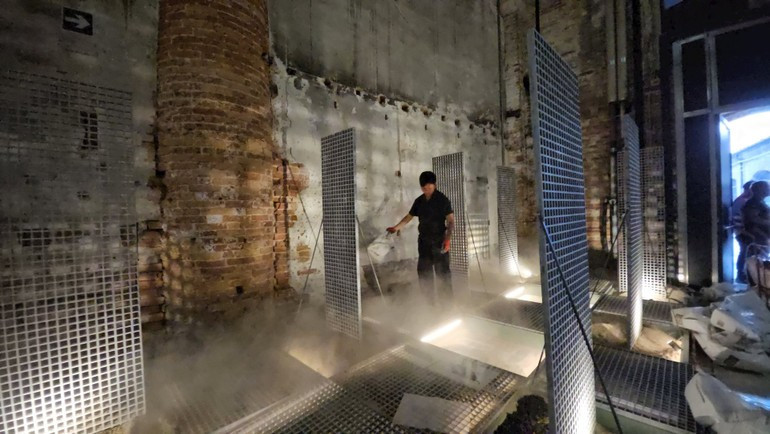
Fortunate, but not by chance
– There’s a clear sense of positive energy from your desire to practise your profession with purpose and joy in seeing your creative efforts resonate with the public. What you’re doing stands quite apart from the general state of architectural practice in Viet Nam while you want to return, but isn’t that another paradox?
– (laughs) I see what you mean. As I said, I want my architectural reflections and experiments to manifest physically — in a house, a school, a hospital. Now is the time for me to focus on making that happen. Just like having a work selected for this year’s Architecture Biennale — yes, it’s a blessing, but it didn’t come by chance. It was born from active thought and long-held aspirations.
– Are conceptually driven architectural works like yours common at major international events like this?
– I feel my ideas are very modest within such a large context. However, I hope my participation in the Biennale will help expand international understanding of Vietnamese architecture. At the very least, people may realise that we don’t only build physical structures - there are other architectural values too. They may not be tangible or materialised, but they hold the potential to spark new awareness in society.
As for the paradox you mentioned, we must be clear-eyed: creating a physical architectural work in Viet Nam begins with a network of social relationships. Moreover, it could also be that what I say or do as an architect does not yet match what society is looking for, or how the economy currently functions. I spent 14 years studying and practising architecture in France. I’ve been back in Viet Nam for nearly two years. I know I still have much more to do.
At present, most of my colleagues’ projects are based in Europe, covering architecture, urban planning, research, and curatorial work. We have not undertaken practical projects in Viet Nam.
– Thank you sincerely for such an open and thoughtful conversation!
Mai Hung Trung, born in 1990, is a visiting lecturer at the École Nationale Supérieure d’Architecture de Versailles (France). He has won the EUROPAN prize for architects under 40 three times. He holds dual citizenship in Viet Nam and France.
